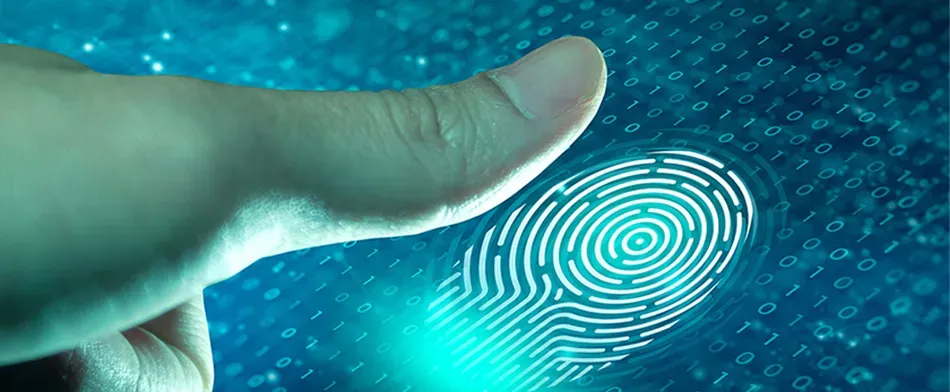International standard enhances safety and design of biometric systems

From unlocking a phone to crossing country borders, biometric technology has come a long way since fingerprinting was first used thousands of years ago. Biometrics are measurements of human characteristics used in technological systems to identify individuals in a fairly accurate and non-invasive way.
Eyes, palms, DNA and voices are commonly used as biometric identifiers in a wide variety of settings including airports and banking applications, with behaviours and reactions such as mouse movements used as a means to identify people as well. Even animals are not spared. Zebra stripes, blood vessel patterns in rodent ears, muzzle prints, bat wing patterns, primate facial recognition and koala spots have all been experimented with as methods of identification.
But in order to fully reap the benefits of biometrics and allow its development to flourish, there needs to be safeguards in place to reduce the risks of data misuse and improve overall trust. ISO/IEC 24714, Biometrics – Cross-jurisdictional and societal aspects of biometrics – General guidance takes all of this, and more into account. It is based on the technical report ISO/IEC TR 24714-1:2008 and includes the addition of design principles as well as use case examples.
The standard offers guidance on the design of systems that use biometric technologies, covering societal norms and legal requirements across various levels of jurisdictions, privacy and data protection of individuals, accessibility and usability and health and safety aspects.
